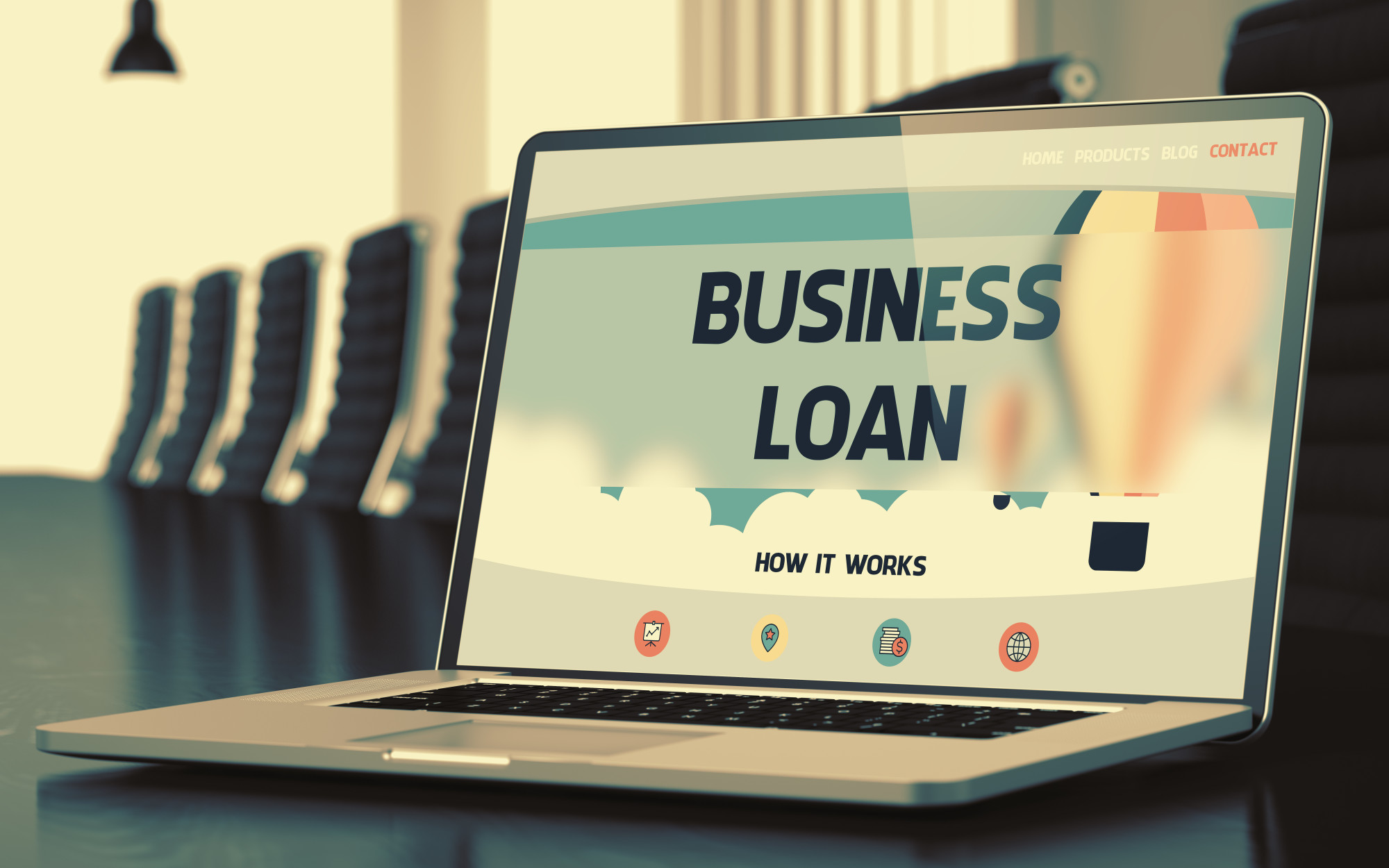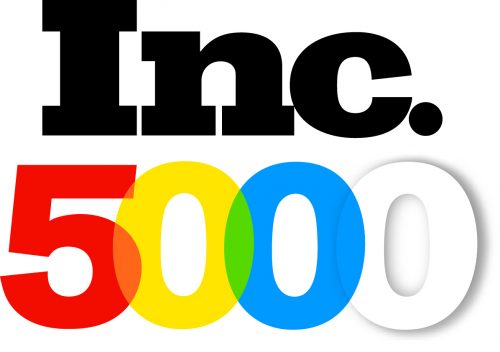According to the Federal Reserve, nearly 60% of business owners apply for financing support to help them get their new venture off the ground.
Are you considering joining their ranks?
If so, you’ll have plenty of options to choose from. Today, there are more ways than ever before to gain access to the funds you need to grow.
Interested in learning about the different types of business loans? Read on as we take a look at seven of the most common ones.
1. Line of Credit Loans
This is the most common (and arguably the most useful) type of loan available to small business owners.
A line of credit loan is a smart arrangement to make with your banker, regardless of whether you need access to quick cash or not. In addition to supporting you financially, it can also help protect your business from emergencies and the risk of stalled cash flow.
How does this loan work? It’s a short-term solution that adds more available cash to your business checking account.
You can use that money to purchase inventory, as well as to pay operating costs. However, it’s not meant to fund equipment or real estate purchases. You’ll pay interest on the actual amount advanced until it’s paid back in full.
2. Balloon Loans
With a balloon loan, you’ll receive the full amount of the loan as soon as you sign the contract. However, you’ll only pay off the interest during the life of the loan. On the final day of your contract term, you’ll apply a “balloon” payment equal to the principal.
In some cases, you might find a lender that will group the interest and principal payment at the end.
These types of loans are usually reserved for situations in which you won’t be able to pay your loan back until a certain date. For instance, you might be waiting on payment from a client and cannot fulfill your end of the contract until that money comes through.
3. Installment Loans
While line of credit loans are only applicable toward certain purchases, you can use installment loans to cover a wide variety of business needs.
With these, you’ll receive the full amount of the loan when you sign the contract. The interest is calculated from that initial day through the final day of the loan.
You’ll pay the loan back in full via equal monthly payments that cover both the principal and the interest. If monthly payments are impossible or inappropriate, your lender might set up quarterly, bi-annual or annual payments depending on your terms.
The exact terms of your loan will depend on how you plan to use it. For instance, business cycle loans can be written for one to seven years, whereas a real estate or renovation loan can last up to 21 years.
4. Secured/Unsecured Loans
You can find both secured and unsecured business loans.
The difference between the two is that a secured loan requires some form of collateral to act as a second payment source if a default occurs. An unsecured loan doesn’t require any form of collateral.
If the lender knows you well and is confident in your ability to pay the money back, you might be able to receive an unsecured loan. This is because they consider you low-risk. Keep in mind that while this kind of setup can be ideal, it’s rare for new business owners.
It takes years to establish the kind of track record that an unsecured loan requires. While you’re still finding your feet, a secured loan is more likely. This will mean that to receive access to your funds, you’ll have to put up some kind of asset, such as real estate or inventory.
They’re the most common choice when any of these lending scenarios holds true:
- You need a loan for more than 12 months
- You plan to use the loan to purchase equipment
- The lender does not believe the loan to be risk-free
The upside? Secured loans usually carry a lower interest rate than their unsecured counterparts.
5. Bridge Loans
Bridge loans work as their name implies. Also known as interim loans, you’ll use them when you’re waiting on long-term financing to come through, but need access to immediate cash flow in the meantime.
For instance, you might be moving ahead with a new building location, but you’re still waiting on your existing property to sell. A bridge loan can hold you and help you make periodic payments to the contractors working at the new job site. You’ll pay off the loan when you receive a mortgage loan on the building.
6. Working Capital Loans
Working capital loans are short-term loans that you can use to grow and expand your company. You can apply them toward daily expenses, including:
- Inventory purchases
- Advertising efforts
- Payroll costs
You can also use a working capital loan to pay down existing business debt or cover unexpected emergency costs. You’ll need a solid credit history to get one, but you’ll enjoy low interest rates and flexibility of use.
7. Small Business Administration (SBA) Loans
Some private-sector lenders set aside funds specifically to help small business owners get started. Known as SBA loans, these are secured loans and function as those described above
Three of the most common SBA loans available include:
- The Microloan Program
- The 7(a) Loan Program
- The CDC/504 Loan Program
You can learn more about how each of these programs works on the SBA’s website.
Find Success With These Types of Business Loans
With proper planning and the right resources in place, you can apply for a loan to help your new enterprise flourish into the company you know it can become.
As you peruse the different types of business loans, keep in mind what you can afford to pay back. You don’t want your first few months or years of business to be defined by a mountain of debt.
If you do find yourself struggling to pay back a business loan, take heart. There are many options, including debt consolidation, that can help you get back on track.
We help match individuals with the debt consolidation solutions they need. Contact us today to learn more and get started.




